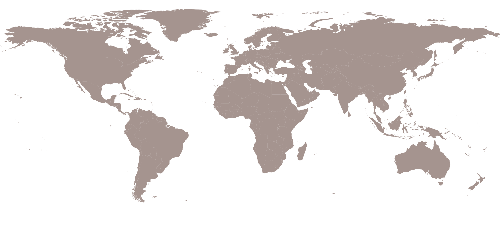Although the vision was widely celebrated, the project ultimately did not proceed to construction. Various environmental and technical challenges contributed to delays and its eventual discontinuation. Nonetheless, Dongtan left a lasting legacy, influencing future approaches to sustainable city planning in China and around the world. Its pioneering ideas continue to inspire efforts to design cities that are both ecologically restorative and socially inclusive.
Project Status: Abandoned
Dongtan Eco-City: Blueprint for Sustainable Urban Development
China is urbanising at an unprecedented rate, and in response, national planning has increasingly emphasised a scientific approach to sustainable growth. One of the earliest demonstrator eco-cities proposed under this vision was Dongtan, located on Chongming Island in Shanghai. The masterplan envisioned a city of up to 500,000 people, with this submission focusing on the initial development phase: a 630-hectare start-up area at the southern end of the 84km² site.
The compact, mixed-use layout is designed for a population of 80,000 and 52,000 jobs distributed across three interlinked villages. The urban form ensures easy access to workplaces, schools, shops, and healthcare, with mobility focused on walking, cycling, and public transport. All energy for buildings, infrastructure, and transport would be sourced from renewables— including a combined heat and power plant using rice husk waste, a large-scale wind farm, and photovoltaic panels.
The design incorporates advanced resource management systems:
- Waste is largely recycled and moved via underground pneumatic tubes, with organic matter used for energy generation.
- A network of lakes and canals provides surface water management, and dual water systems reduce energy use in treatment by separating potable and grey water.
- Flood defences address the risk of sea level rise.
A centralised consolidation hub enables efficient delivery of goods using low-emission vehicles and rickshaws. The adjacent wetland ecosystem is protected by a 3.5km buffer zone and environmental strategies such as banning particulate-emission vehicles, using non-combustion engines to reduce noise, minimising runoff and water pollution, and eliminating landfill. Green roofs and biodiverse landscaping enhance urban ecology while also preventing encroachment onto farmland.
Cultural planning and community input were integral to the city’s design, drawing on 24 Chinese cultural themes. Research into inner-city food production and organic farming supports a closed-loop relationship with agricultural land around the city. A real-time information system will empower residents to make low-impact lifestyle choices and maintain an ecological footprint of 2.6 global hectares—close to the global average of 2 gha.
Educational initiatives will reinforce long-term sustainability practices. As part of the first phase, an Institute for Sustainability will be established and linked to international counterparts in the UK and Africa—positioning Dongtan as a global model for regenerative urban planning.
Dongtan on Chongming Island in Shanghai will be one of the first eco-cities to be developed in China. Plans include a final population of up to 500,000, whereas this award submission concerns the planning of the start-up area at the southern end of the 84km² site. The first phase, providing housing for a population of 80,000 and 52,000 jobs in three overlapping urban villages, fosters internal transportation by walking, cycling, or public means. All the energy for buildings, infrastructure, and transport will be from renewable sources. Waste will be recycled and organics used as an energy source. Lakes and canals form the surface water management system. The adjacent wetland will be protected by a 3.5km buffer zone between the development and the sea.
The huge project claims to achieve a footprint less than 2.6 global hectares, close to the average global footprint of 2gha. This project has been commended due to its promising integral attempt toward the sustainable development of rapidly growing urban areas around the world.



















